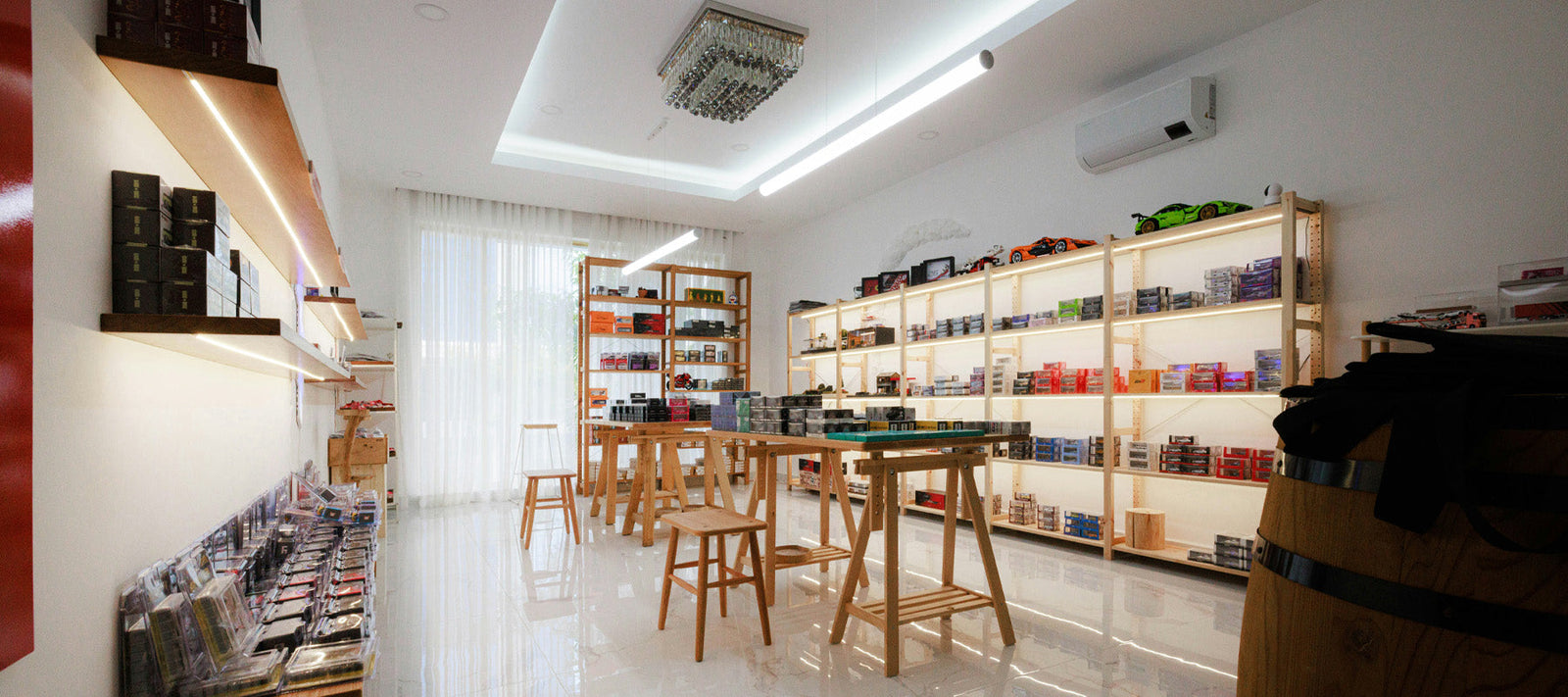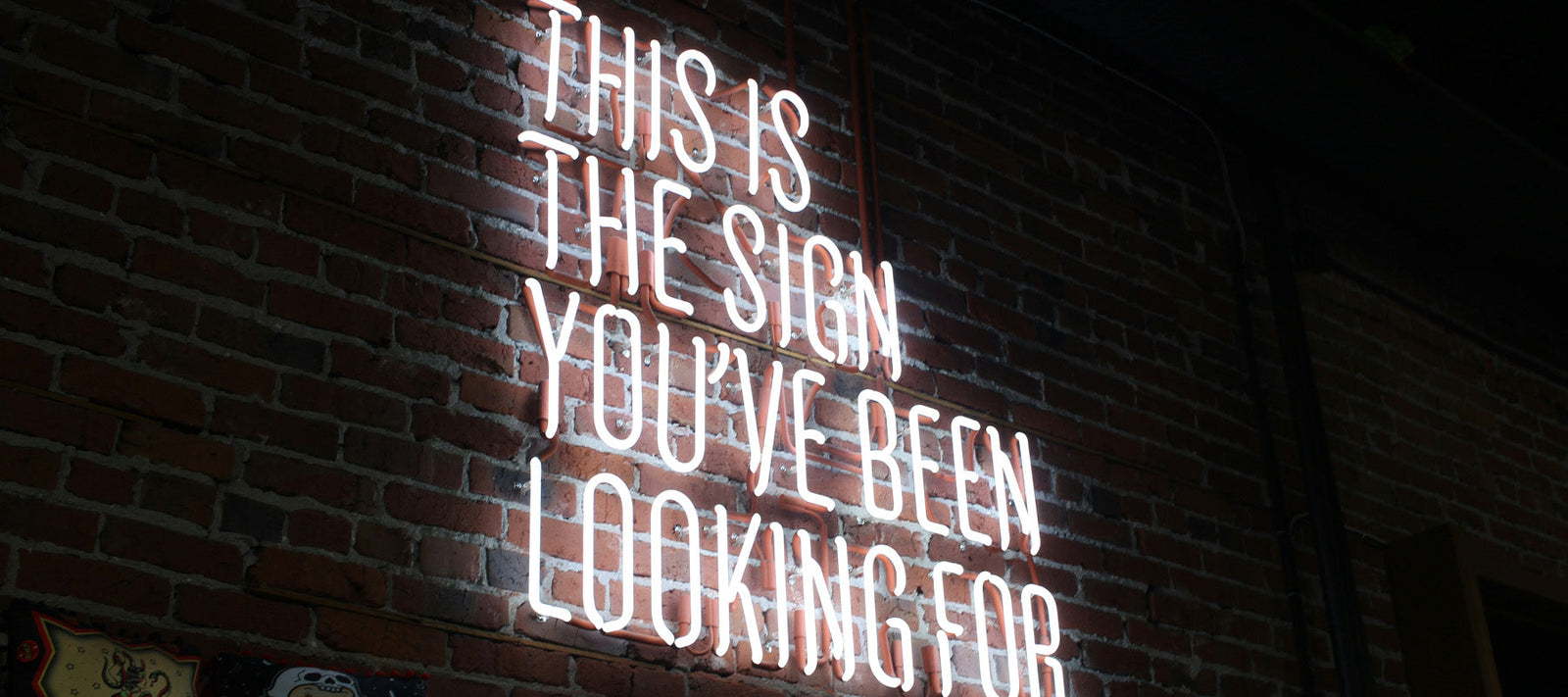In the digital age, where online shopping offers convenience and efficiency, brick-and-mortar retailers face a unique challenge: how to entice customers into their physical stores and keep them coming back. The answer lies in creating memorable in-store experiences that go beyond mere transactions and forge emotional connections with customers. In this blog post, we'll explore the art of effective retail design and uncover strategies for crafting unforgettable moments that leave a lasting impression.
The Power of Memorable In-Store Experiences
In an increasingly competitive retail landscape, the battleground for consumer attention extends beyond product offerings and price points. Today, customers seek more than just goods—they crave experiences. Memorable in-store experiences have the power to captivate, delight, and ultimately drive loyalty. Through effective retail design, businesses can transform their stores into immersive environments that engage the senses and create lasting memories.
Understanding the Psychology of Experience Design
1. Emotional Engagement:
Memorable experiences are inherently emotional. By tapping into customers' emotions, retailers can create connections that transcend mere transactions. Whether through surprise, delight, or nostalgia, emotionally engaging experiences leave a lasting imprint on customers' minds.
2. Sensory Stimulation:
Humans are sensory beings, and our experiences are deeply influenced by what we see, hear, touch, smell, and taste. Effective retail design leverages sensory stimulation to create immersive environments that resonate with customers on a visceral level, evoking emotions and shaping perceptions.
3. Storytelling:
Every brand has a story to tell, and effective retail design serves as the canvas upon which these narratives unfold. By weaving storytelling elements into their stores, retailers can create compelling narratives that captivate customers and foster a sense of connection and belonging.
Strategies for Effective Retail Design
1. Define Your Brand Identity:
Before embarking on any design endeavours, it's essential to define your brand identity. What values do you stand for? What emotions do you want to evoke in your customers? Your brand identity should serve as the guiding beacon that informs every aspect of your retail design, from the layout and aesthetics to the overall atmosphere.
2. Create a Cohesive Visual Language:
Consistency is key when it comes to retail design. A cohesive visual language ensures that every aspect of your store—from the signage and displays to the colour scheme and lighting—works together harmoniously to convey your brand's message and evoke the desired emotions.
3. Focus on Customer Journey Mapping:
Understanding the customer journey is crucial for creating memorable experiences. By mapping out the various touchpoints that customers encounter throughout their visit, retailers can identify opportunities for engagement and tailor the in-store experience to meet customers' needs and expectations at every stage.
4. Embrace Interactive Elements:
Interactivity is a powerful tool for engaging customers and creating memorable experiences. Whether through interactive displays, immersive installations, or hands-on activities, incorporating interactive elements into your store design encourages active participation and fosters a sense of engagement and connection.
5. Surprise and Delight:
Surprise and delight are key ingredients for creating memorable experiences. By infusing your store with unexpected elements—a hidden gem tucked away in a corner, a surprise gift with purchase, or a whimsical interactive installation—you can leave a lasting impression on customers and turn a routine shopping trip into a memorable adventure.
Case Studies in Memorable In-Store Experiences
1. Apple:
Apple's retail stores are renowned for their sleek design, minimalist aesthetic, and emphasis on experiential engagement. From hands-on product demonstrations to workshops and events, Apple stores offer customers a space to explore, learn, and connect with the brand on a deeper level.
2. Nike:
Nike's flagship stores are designed to immerse customers in the world of sports and fitness. From interactive shoe customization stations to virtual reality experiences that simulate the thrill of athletic competition, Nike stores offer customers an opportunity to engage with the brand in innovative and exciting ways.
3. Disney Store:
Disney stores are designed to transport customers into the magical world of Disney. From themed displays and interactive play areas to live character appearances and storytelling sessions, Disney stores offer customers an immersive experience that captures the essence of the brand and fosters a sense of wonder and delight.
Measuring Success and Evolving Strategies
1. Metrics for Success:
Measuring the success of in-store experiences requires a multifaceted approach. Metrics such as foot traffic, dwell time, customer satisfaction scores, and sales conversion rates can provide valuable insights into the effectiveness of your retail design efforts and help identify areas for improvement.
2. Continuous Improvement:
Creating memorable in-store experiences is an ongoing process that requires constant refinement and adaptation. By soliciting feedback from customers, monitoring emerging trends, and staying attuned to shifts in consumer behavior, retailers can continuously evolve their strategies to ensure they remain relevant and resonant in the eyes of their audience.
Elevating the Retail Experience Through Effective Design
In today's increasingly digital world, the role of brick-and-mortar stores is evolving from mere transactional spaces to immersive environments that engage, inspire, and delight. Through effective retail design, businesses can create memorable experiences that forge emotional connections with customers, driving loyalty and advocacy in an ever-competitive marketplace. By understanding the psychology of experience design, embracing interactive elements, and fostering surprise and delight, retailers can elevate their stores into destinations that captivate the senses and leave a lasting impression on all who enter.






